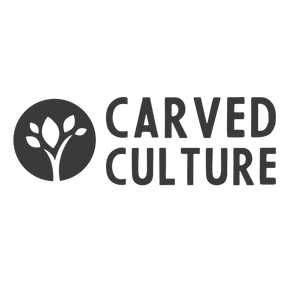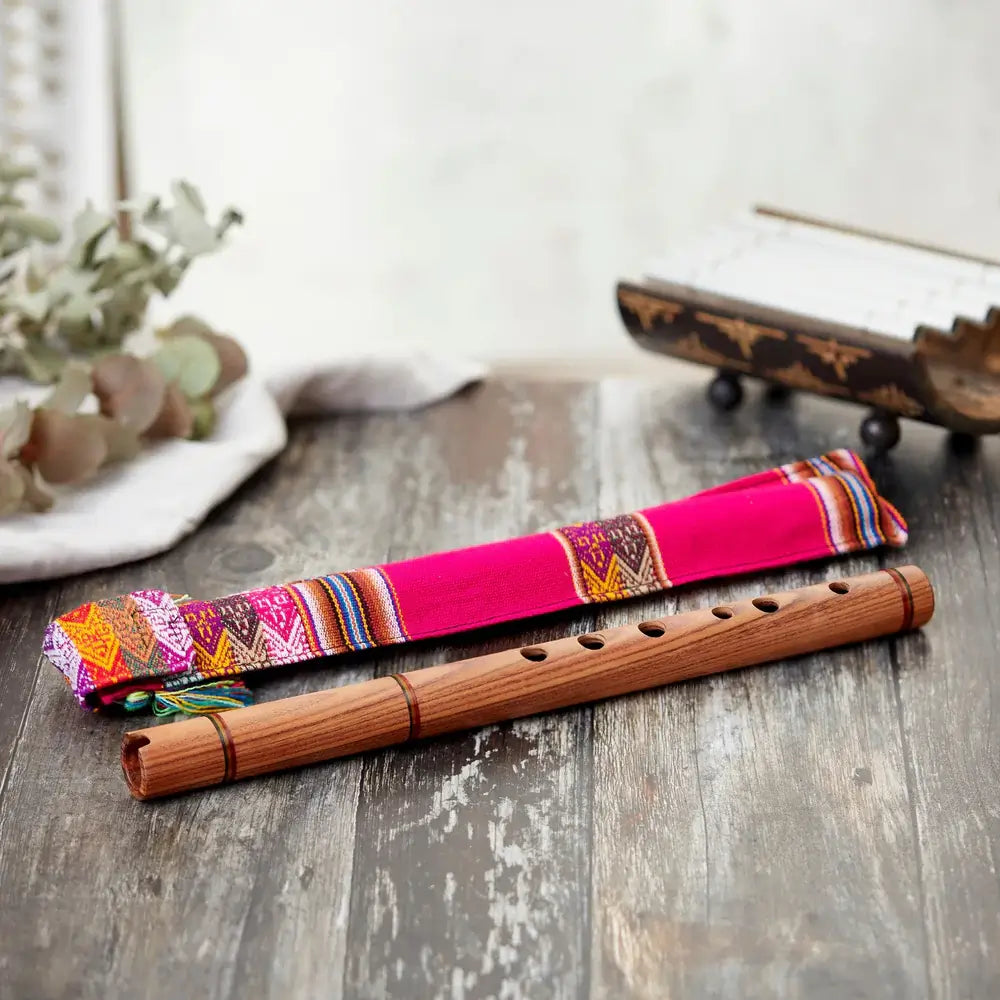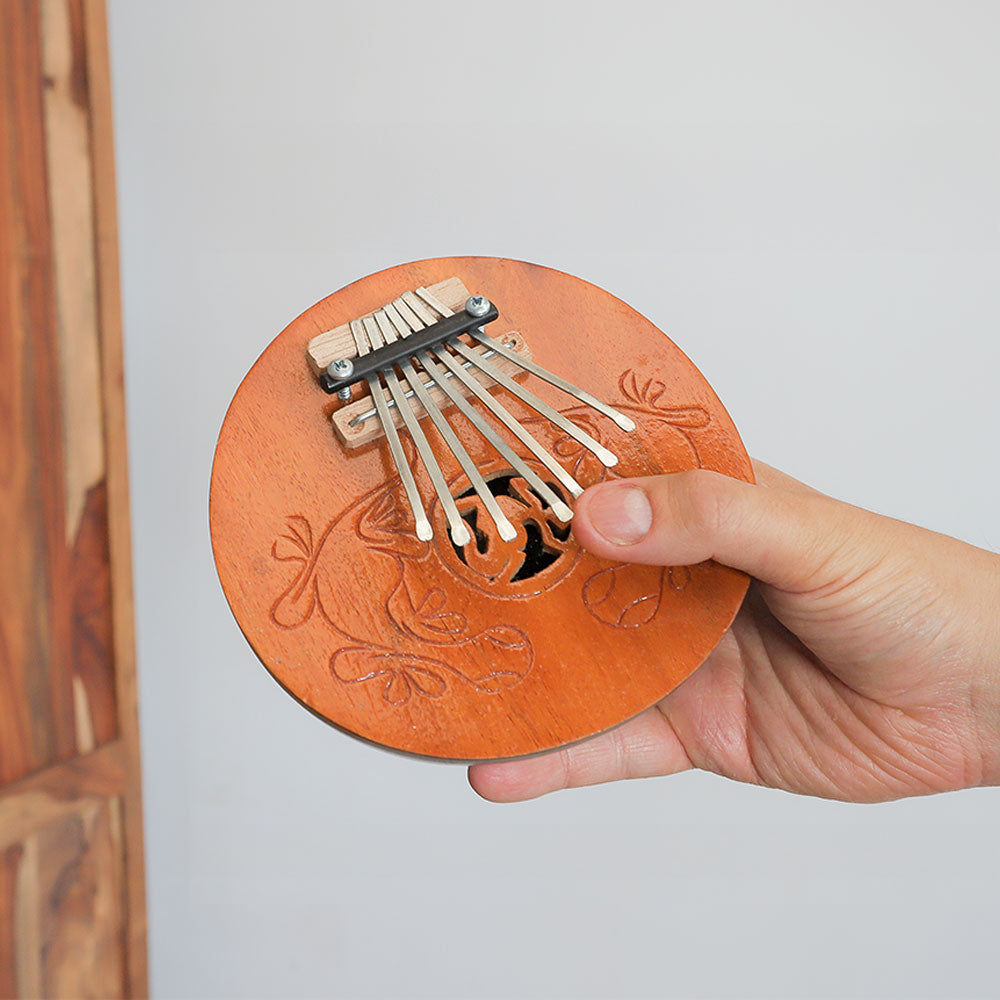Songwriting is both an art and a science—a mix of inspiration, storytelling, and structure. Great songs often come from unique approaches that push beyond genre limits or emotional boundaries. Whether you’re writing in Nashville, experimenting in LA, or crafting lyrics on a songwriting retreat, exploring different styles and techniques helps develop your creative voice. Here’s a deep dive into distinctive songwriting styles, global influences, and creative methods that keep music fresh and authentic.
Writing a Story and Turning It Into Lyrics
Many great songs start as stories. By outlining a narrative—characters, emotions, and key moments—you can turn real or imagined experiences into vivid lyrics. This method connects deeply with listeners because every word serves a purpose.
K-pop Style Songwriting
Modern K-pop is built on catchy hooks, polished production, and layered melodies. The songwriting often includes multiple sections with dynamic shifts, unique chord progressions, and call-and-response vocals. The goal is high replay value through surprise, energy, and precision.
Beatles-Inspired Songwriting
The Beatles mastered innovation within simplicity. Their writing blended unusual chord changes, counter-melodies, and narrative lyrics that gave pop music emotional depth. Studying their transitions and key changes can inspire fresh approaches to modern songwriting.
Nashville Country Style
In Nashville, songs are built on clear storytelling, emotional truth, and structure. Country songwriting often starts with a strong lyrical hook or phrase that captures a life lesson. The verses lead to a simple yet powerful chorus that feels both personal and universal.
Experimental Songwriting
This style rejects formulas altogether. Writers blend genres, shift time signatures, and use unconventional instruments or ambient textures. It’s a free-form approach that values expression over expectation—perfect for artists who see songwriting as discovery rather than repetition.
Nursery Rhyme Rhyming
Rhyming every end word creates rhythm and memorability. This simple pattern—used in children’s books and early pop songs—helps build catchy, easy-to-sing lines. It’s effective for pop hooks and chorus writing.
Narrative-Based Storytelling
Drawing from personal experiences, history, or fiction, this style uses lyrics to paint vivid scenes. Artists like Bob Dylan and Taylor Swift use this method to turn real moments into universal stories that listeners relate to emotionally.
Unique Songwriting Techniques
Lyric-First Technique
Start with a poem or block of text before thinking about melody. This focuses attention on message and rhythm. Once the words flow naturally, melody follows.
Melody Improvisation
Instead of starting with chords, hum freely or experiment with random notes. Record everything. Many hit songs begin from spontaneous melodic ideas captured on voice memos.
Collaboration Prompts and Songwriting Duos
Working with another songwriter can unlock new perspectives. Co-writing sessions or songwriting retreats often include lyric swaps, timed challenges, and idea trading, sparking creativity through teamwork.
Double-Syllable Rhyming
Instead of simple single rhymes, try phrases like emotion / devotion or patience / stations. Complex rhymes add sophistication and texture to your lyrics.
Rhyme Scheme Experiments
Breaking from traditional AABB or ABAB structures can make songs stand out. Irregular rhyme patterns keep listeners guessing and help highlight key emotional lines.
Songwriting Therapy Exercises
Turning emotions into lyrics can be healing. Writing about personal pain, loss, or recovery—common in songwriting therapy—transforms vulnerability into strength and connection.
Prompt-Based Writing
Prompts or tools like journals and AI generators can trigger creativity when you’re stuck. Starting from a random phrase or image can lead to unexpected and original ideas.
Genre-Blending Exercises
Combine elements from different genres—like a country melody over hip-hop drums or classical harmonies under pop vocals. This technique encourages innovation and helps develop a signature sound. Songwriting evolves when artists step outside their comfort zone. Whether you’re experimenting with Beatles-style counter-melodies, writing country narratives in Nashville, or exploring emotional healing through songwriting therapy, every approach adds a new layer to your craft. The key is to keep writing, collaborating, and challenging structure until your music reflects not just a genre—but who you are as a storyteller.






